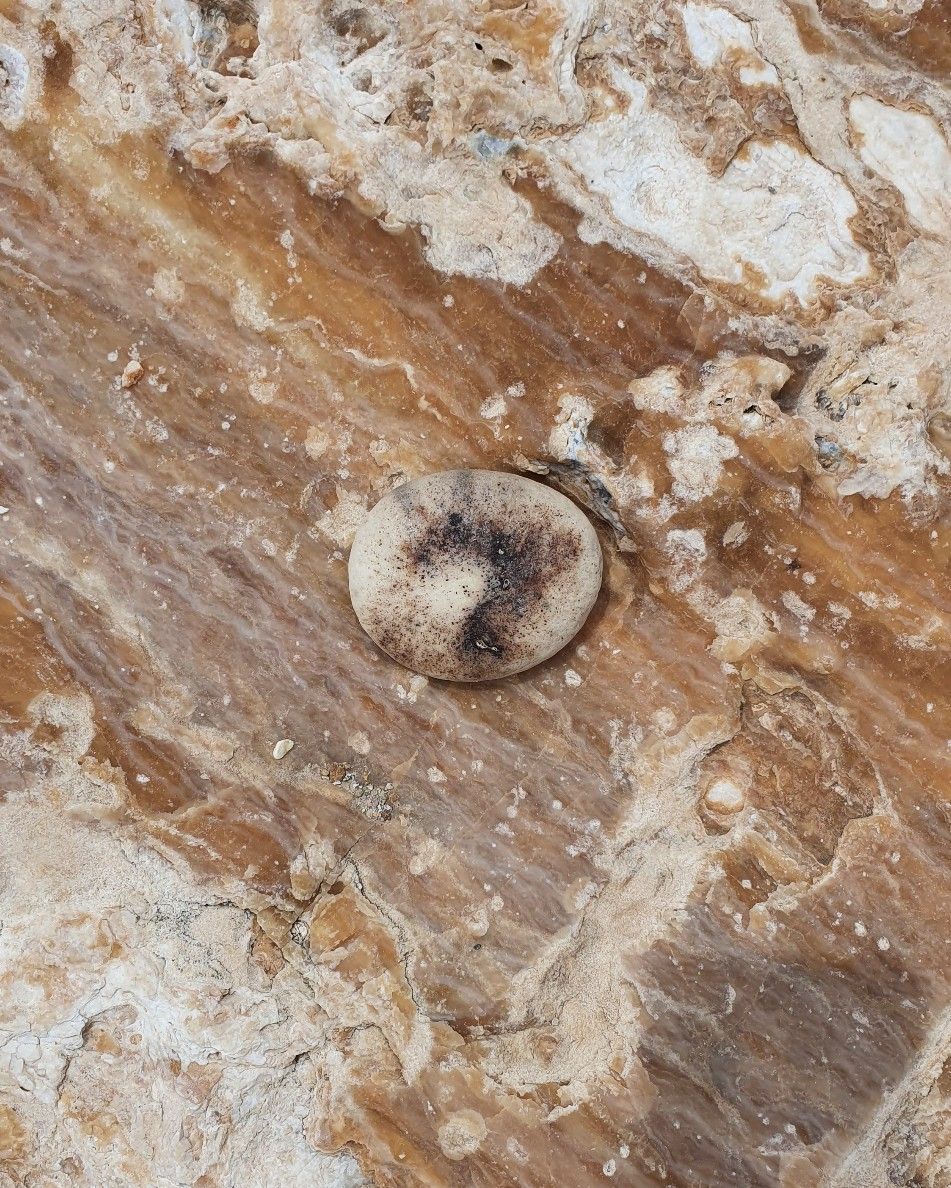In our last story, we talked about oil cleansing, including some things we’ve learned about how the skin functions and how we can support it. This led to a series of Fun Facts on instagram about the history of bathing and soap. Which brings us here to this discussion about what “real” soap is, plus some tips on how to choose bath soaps for healthy, strong skin – which should always be our goal!
Ready for some fun facts?
Fun fact: There’s evidence that Cleopatra opted for oil (and milk, actually) instead of soap for cleansing. So did wealthy Romans at the height of empire. In their opulent bath houses, ancient Romans massaged their bodies with oil, and then gently scraped it off, removing any dirt and grime too. Since oils were very expensive, only wealthy people had access to them. Common people cleaned with water, clay or mud, and eventually rendered animal fats mixed with ashes. Yet no one bathed on a daily basis. The concept of cleaning the body every single day was unheard of until the 20th century.
But real soap is simply just oil that goes through the saponification process with lye.
Fun fact 2: It’s believed that the making and use of soap began in the Near Ancient East as early as 2800 BC. Fats and oils were mixed with salts, creating a soap-like substance by some mysterious alchemy – a precursor to the “real” bars of soap later made in Castile, Spain and Aleppo, Syria. Soap making evolved, of course, but the basic chemistry of “real soap” making is, was, and will always be the same.
Last fact: Soap was forever changed during WWI when oils and animal fats, both considered precious commodities, were replaced with synthetic detergents (sometimes called syndets). This has led to today’s mass market of detergent and chemical based soaps and washes – a dizzying array of laboratory-produced, plastic-enshrined concoctions made with industrial byproducts and the cheapest ingredients possible. This is not “real soap” but more of a medical product. And we’ve moved from washing once or twice per week to once or twice per day!
What should’ve been a temporary solution during wartime became the new norm – and is now big business. Replacing natural oils with synthetic detergents has had negative consequences for our skin. Plus, as this fascinating read by Victoria Jaquith states:
Simply the mechanics of constantly washing away our precious skin oils, along with the acid mantle with it’s resident microbiome, causes this important organ to enter a constant state of dis-ease, struggling to protect and heal itself, vulnerable to sun damage, penetration by pathogenic acne bacteria, painful, chronic skin conditions, premature aging, and the list goes on.
I discussed the importance of your skin’s acid mantle in our previous post, Oil Cleansing – Your Ticket to Healthy, Beautiful Skin.
And a while ago I talked about the skin’s microbiome, with some tips for how to support it. Choosing the right soap was on the list!

So how to choose real natural soap for healthy, strong skin?
What I look for in body soaps, whether solid or liquid:
🌙 Handmade and small batch – because then I know that the glycerin content is intact (commercial soap makers often remove the glycerin and sell it, since it’s very valuable and good for the skin).
🌙 Natural and organic
🌙 Ingredients are 100% oils and butters, plus any plant infusions and/or essential oils – No parabens, fragrances, EDTA, SLS or any other sketchy ingredient.
🌙 Biodegradable product and packaging – because the synthetic chemicals in many commercial soaps are not biodegradable, so not only do they affect our health, but also the health of our waters, land and other creatures, and I hope we all understand the impact of plastic packaging now.
That’s it. Liquid soaps might also contain citric acid, while solid bar soaps might list glycerin in the ingredients even though it’s not actually an ingredient but a natural byproduct of the saponification process.
And you don’t have to buy luxury soap! True Castile soaps and Aleppo soaps are great and affordable! My whole family often bathes with Aleppo soap, made 40% bay laurel oil and 80% olive oil.
There are also many excellent small batch artisanal soapmakers out there today. My favorite here in Sweden is Malin i Ratan. Other great bars I’ve been gifted and loved are from brands like Redoux NYC and Alchemia. Alchemia soaps are so dang gorgeous I almost didn’t want to use it! Love their branding, which seems to be inspired by stones just like the Wyld branding was!
Oh, check your local farmers market! I especially love to do this when traveling, to discover natural, handmade, artisanal soaps made wherever I am.
I’m of course partial to our Wyld soaps for hand-washing. And to our elderflower infused Cleansing Oil for face. But for body, it’s hard to beat a simple, natural, sustainable, zero waste, REAL conditioning bar of soap.
Hope this has been helpful for someone out there. Feel free to comment or contact me if we can help any further!







